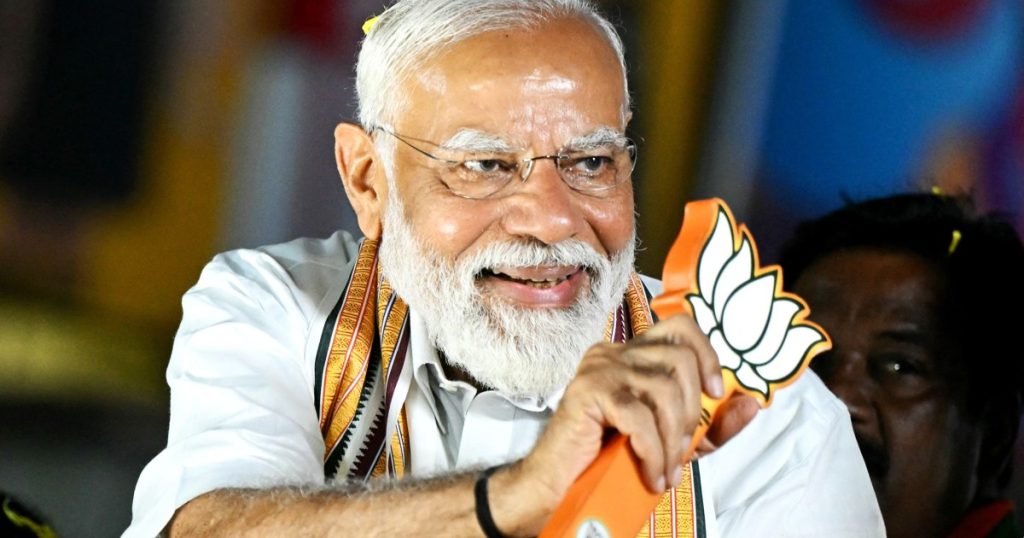Indians are preparing for the upcoming general elections, which will take place in seven phases over six weeks starting on April 19. Nearly one billion voters will choose the members of the Lok Sabha, the lower house of Parliament, for the next five years, with the majority party forming the government and selecting the next prime minister. The Bharatiya Janata Party, led by Prime Minister Narendra Modi, is expected to secure another victory.
Under Modi’s leadership, India’s economy has seen significant growth, becoming the fifth-largest economy in the world with plans to become the third largest by 2027. India’s GDP is currently at $3.7 trillion, and it is the fastest-growing economy globally. The country’s stock market has also seen substantial growth, overtaking Hong Kong’s to become the fourth largest in the world. However, concerns remain about subdued investments and declining exports.
The key contenders in the upcoming election are the BJP-led National Democratic Alliance and the opposition Indian National Developmental Inclusive Alliance, led by the Indian National Congress and Rahul Gandhi. The BJP secured a significant victory in the 2019 elections with 303 seats. Modi has expressed confidence in securing a total of 400 seats in the upcoming election, with analysts predicting another BJP triumph due to political stability.
Concerns among voters include unemployment, rising costs, declining quality of life, country development, and corruption. According to a survey, 27% of respondents identified unemployment as their top concern, while 62% felt it had become more challenging to find a job during Modi’s second term. Rising costs and declining quality of life were also significant worries among voters.
The 2024 general election is expected to be the largest in India’s history, with nearly 968 million registered voters, including 48% women and 18 million first-time voters. The election will take place across 554 constituencies in seven phases over 44 days, with results expected to be released on June 4. The enormity of the election is reflected in the estimated cost, which is expected to surpass that of the 2020 U.S. presidential election.
India’s election commission has set up approximately one million polling stations, 5.5 million electronic voting machines, and deployed 15 million staff and security personnel to oversee the election process. The outcome of the election will have significant implications for India’s future economic and foreign policy direction, as well as its relationship with the West and neighboring countries like China.


